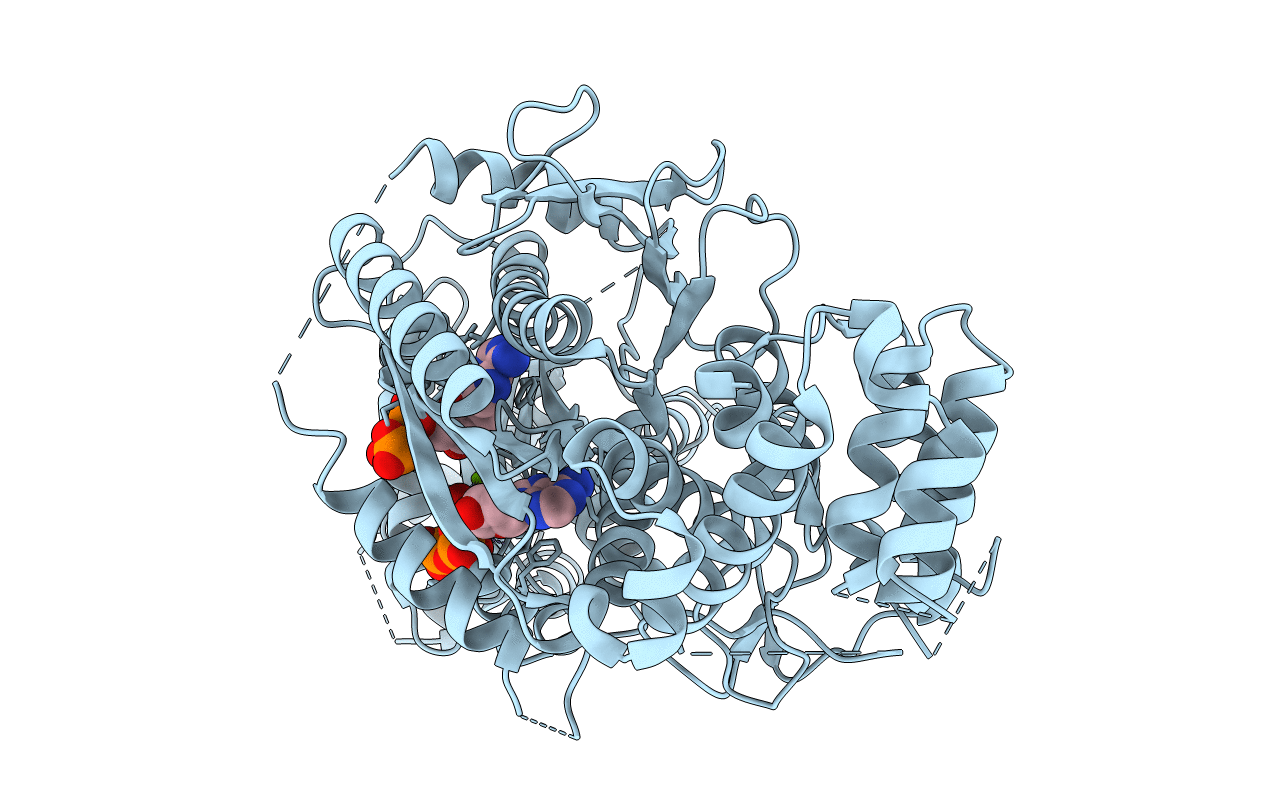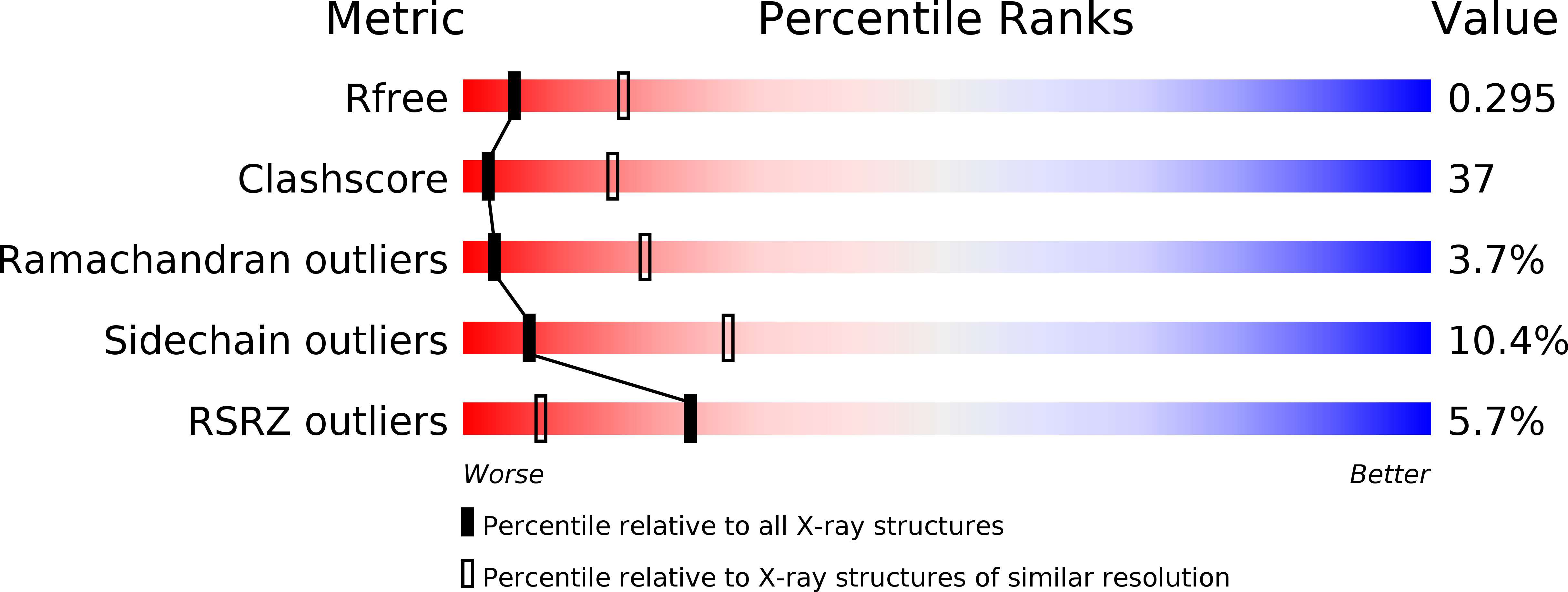
Deposition Date
2019-06-24
Release Date
2020-06-24
Last Version Date
2024-11-13
Entry Detail
Biological Source:
Source Organism:
Thermococcus onnurineus NA1 (Taxon ID: 523850)
Mycobacterium tuberculosis H37Rv (Taxon ID: 83332)
Mycobacterium tuberculosis H37Rv (Taxon ID: 83332)
Host Organism:
Method Details:
Experimental Method:
Resolution:
3.00 Å
R-Value Free:
0.28
R-Value Work:
0.23
Space Group:
P 1 21 1


